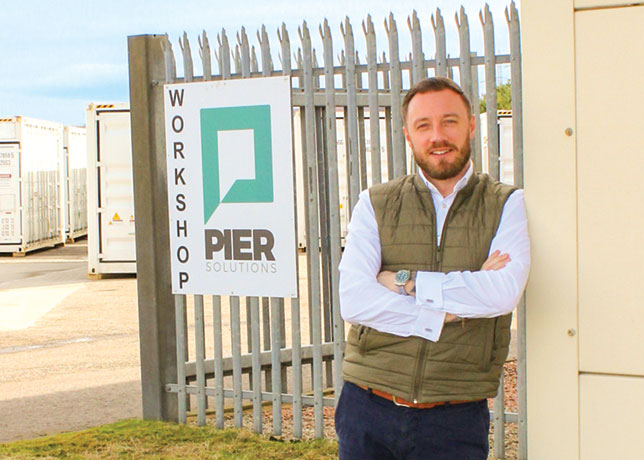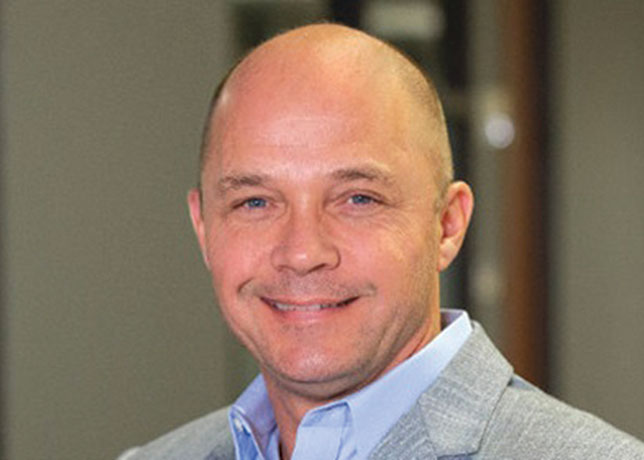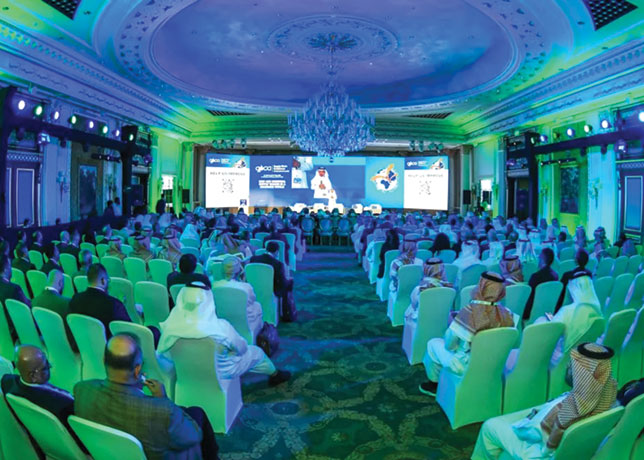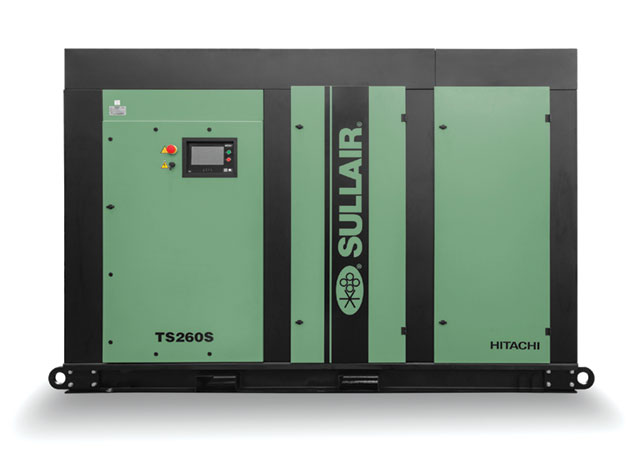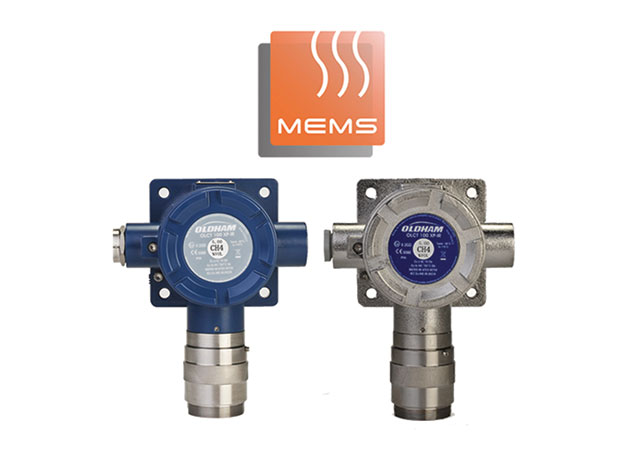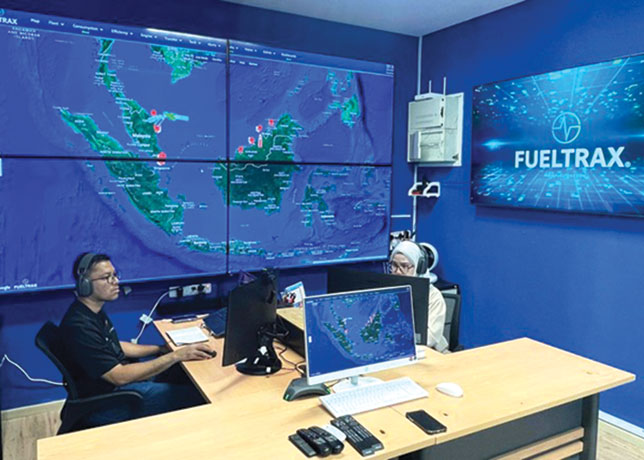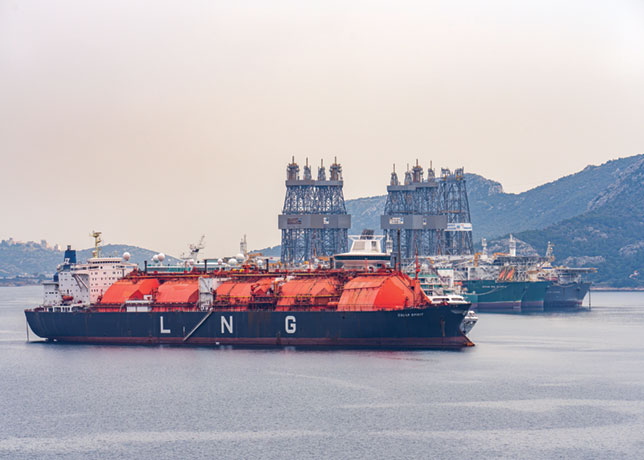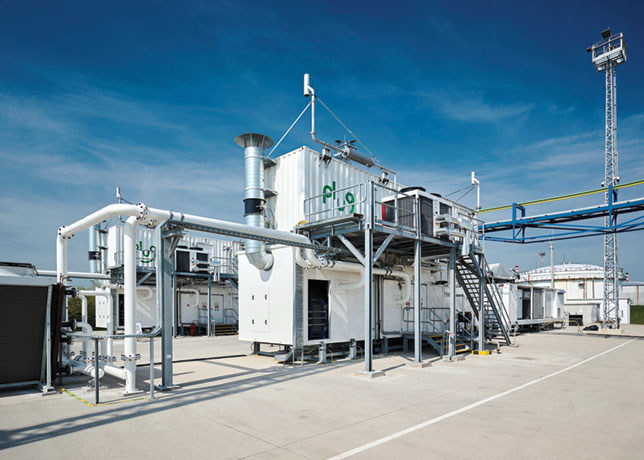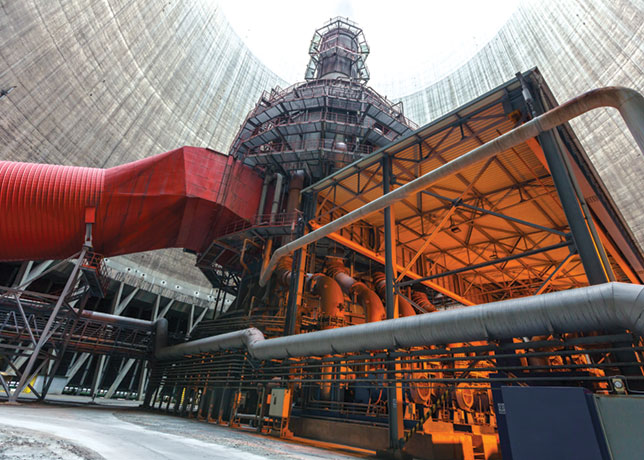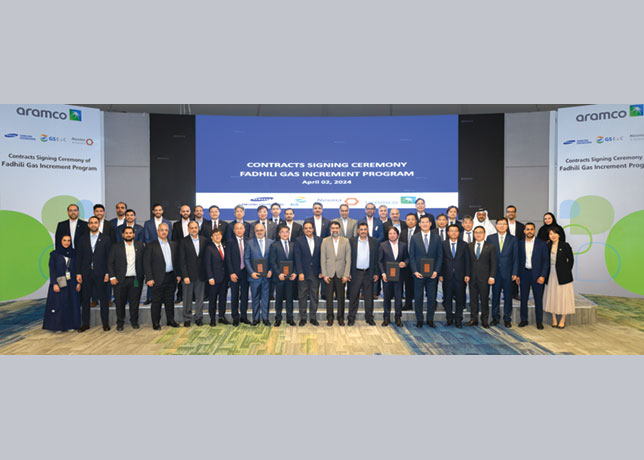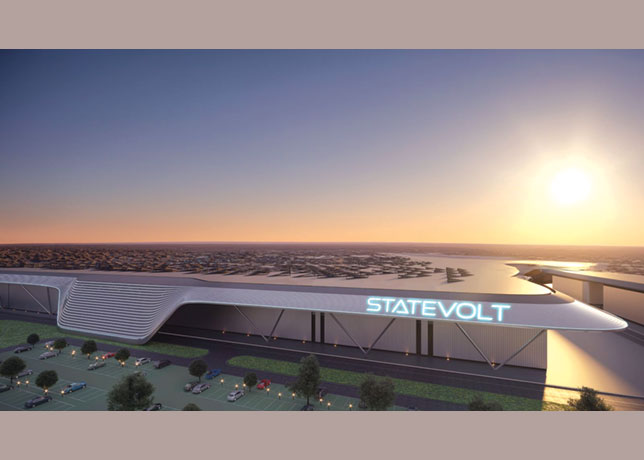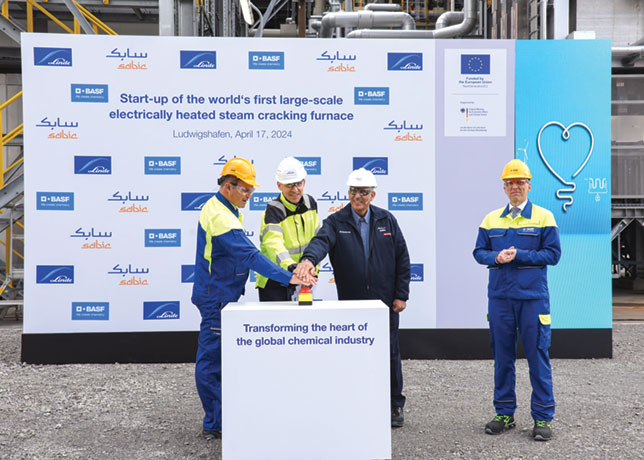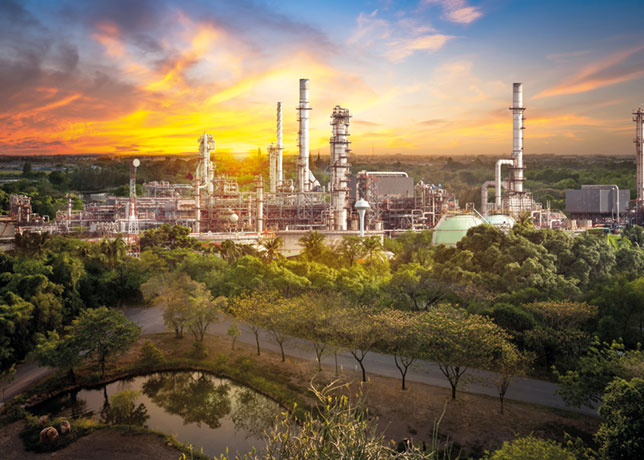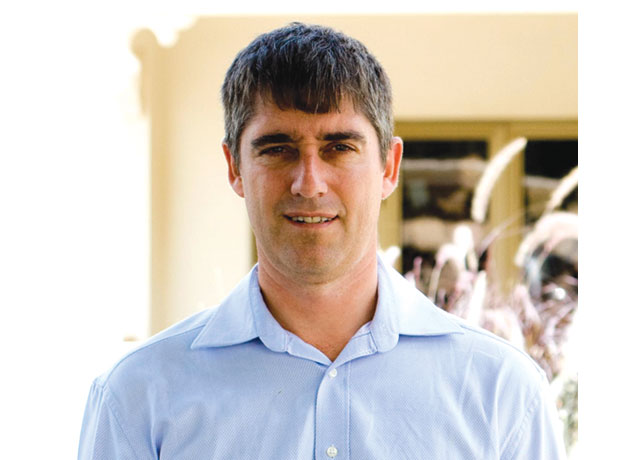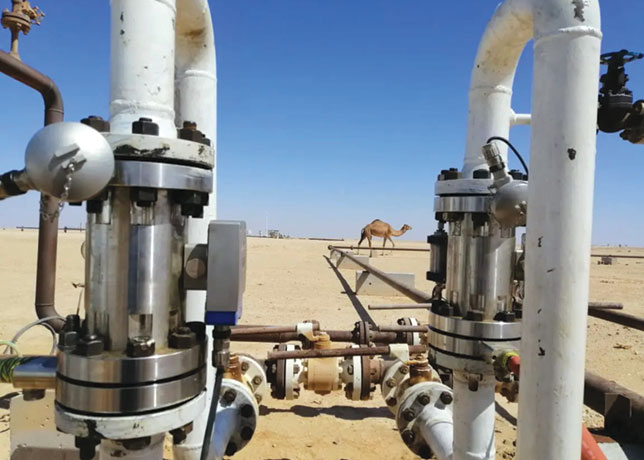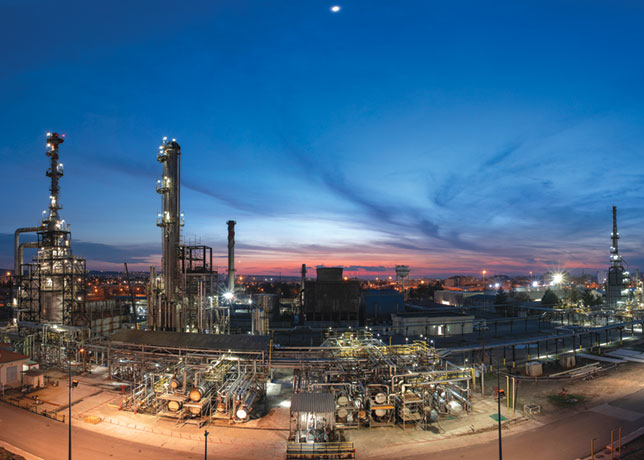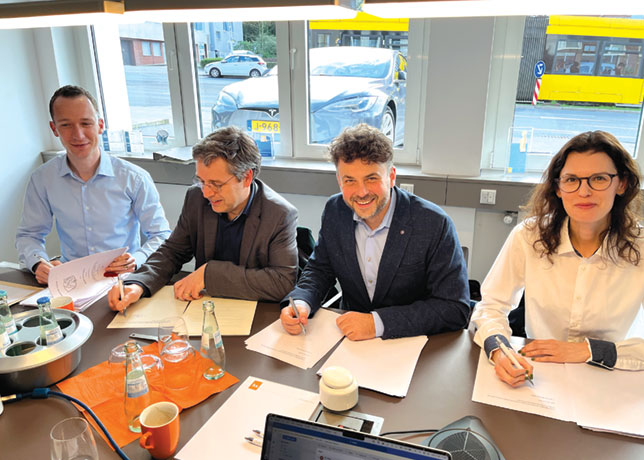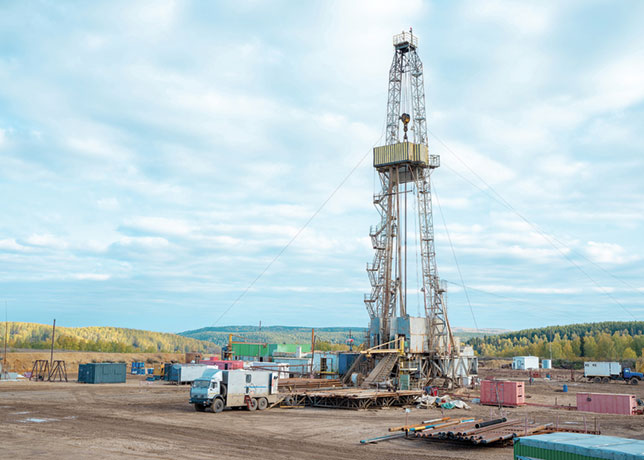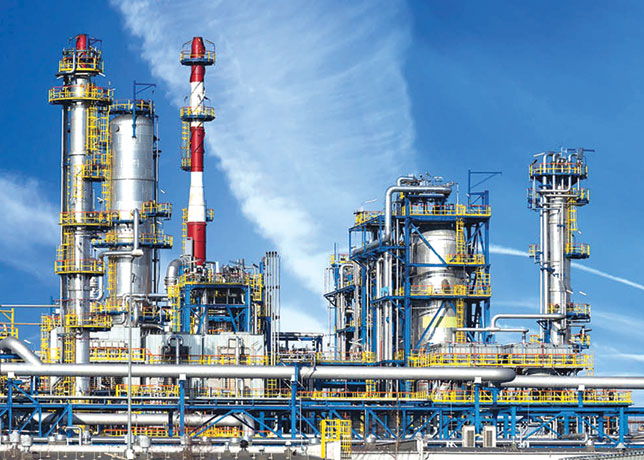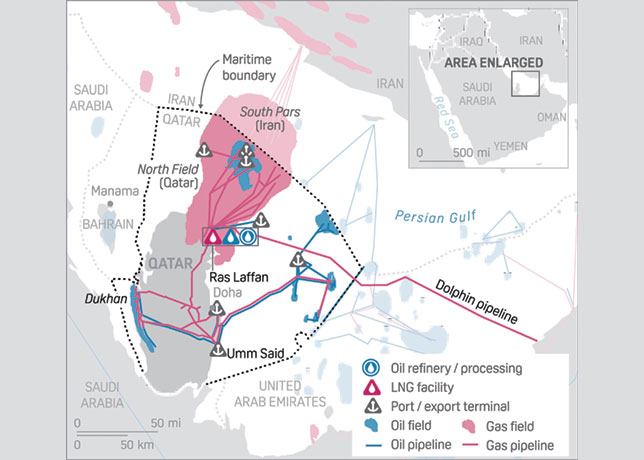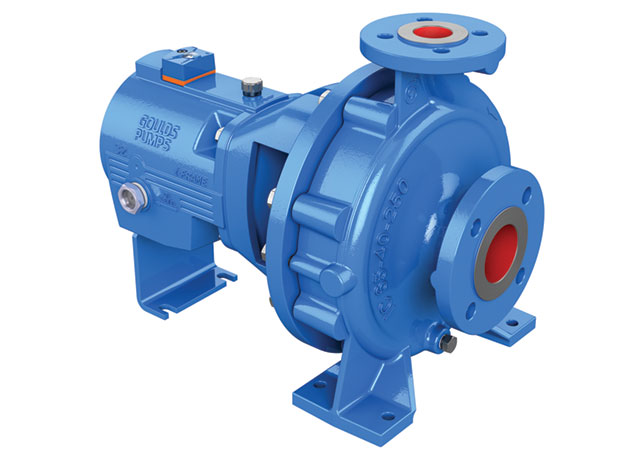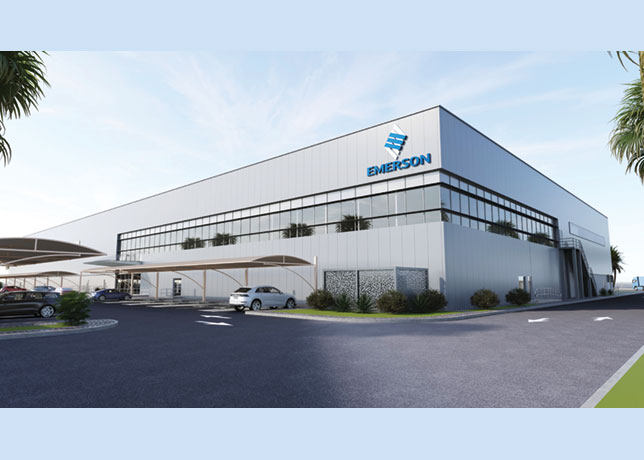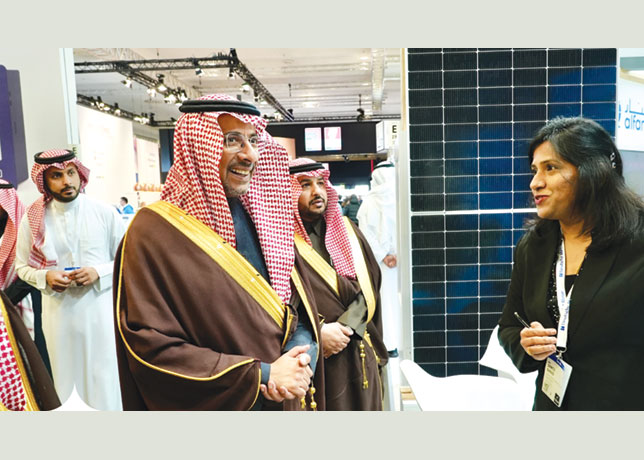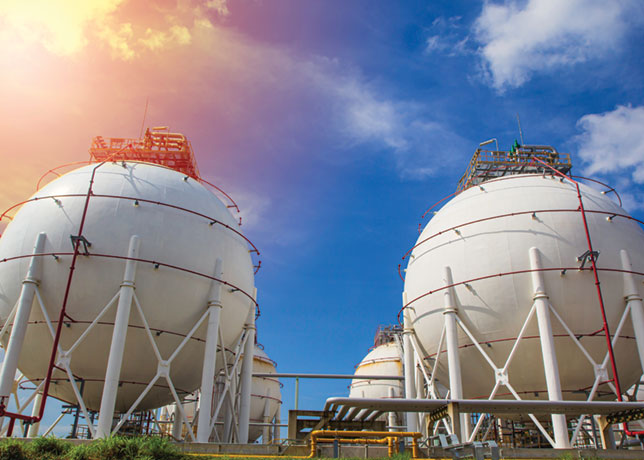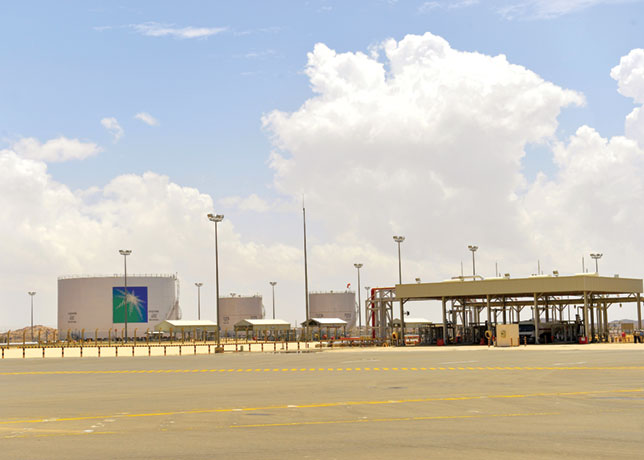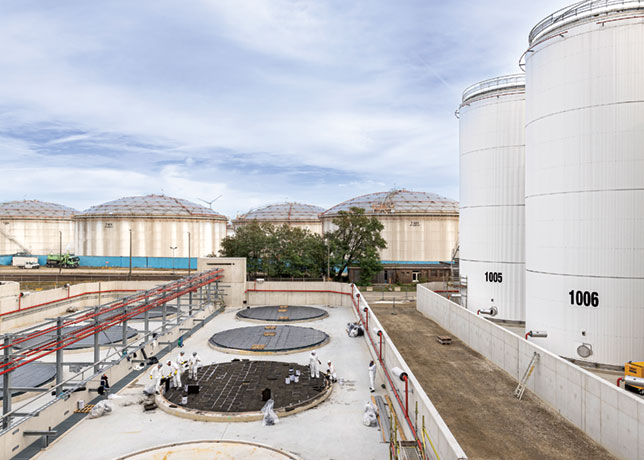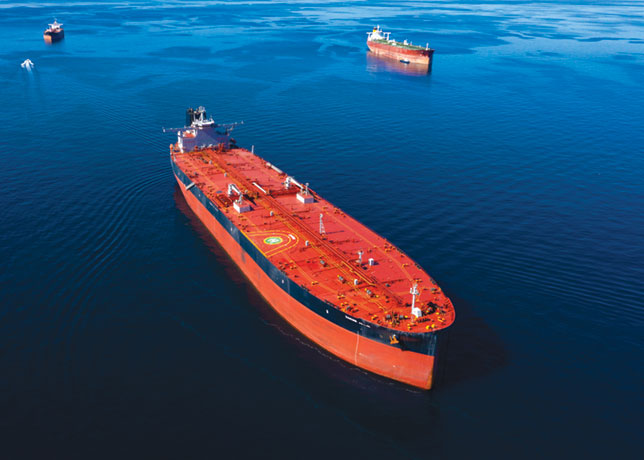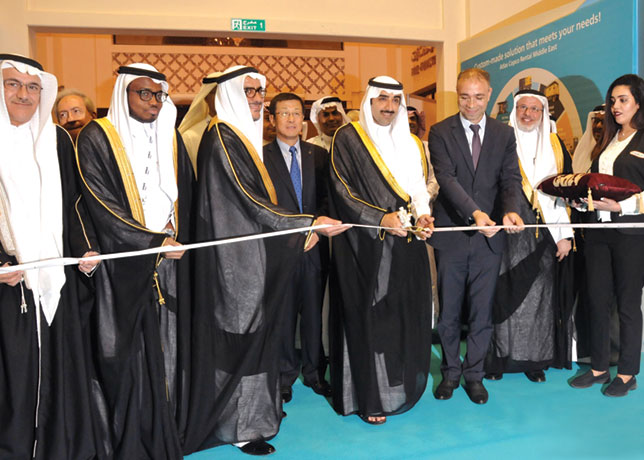
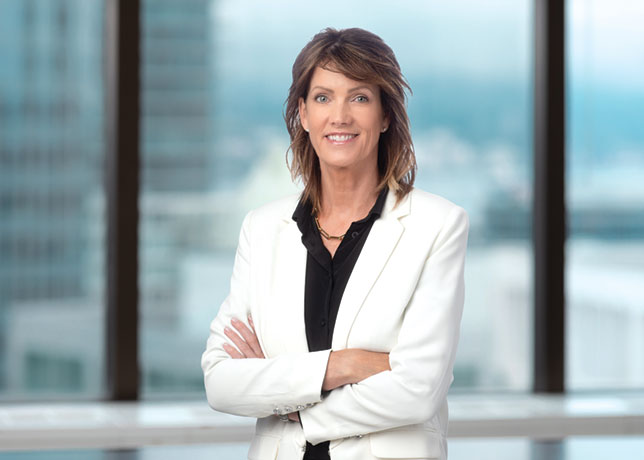 Johnston ... leveraging smart technologies
Johnston ... leveraging smart technologies
With critical developments at play, like global warming and the effects of a shrinking water supply, the industry must actively incorporate AI and automation into their organisations, Carol Johnston tells OGN
The energy, utilities and resources (EU&R) sector continues to prioritise digital transformation to drive meaningful operational efficiencies while meeting the growing rise in energy demand and tackling climate change.
"The sector is accelerating its digitalisation with integrated systems and leveraging disruptive technologies such as AI and automation," Carol Johnston, Vice-President of Energy Utilities and Resources, IFS, tells OGN energy magazine.
She offers valuable market insights and outlines the technologies that will have a profound impact on the EU&R landscape.
INCREASE IN DEMAND FOR INTEGRATED SYSTEMS WITH EMBEDDED AI AND AUTOMATION
Digital transformation continues to be a central point of focus for the industry. In a recent PWC report, digital transformation ranked second only to hiring and retaining talent as a top growth driver for the industry.
This makes good sense, especially with the rapid adoption of AI, IoT, and other intelligent technologies.
The EU&R sector will continue to evolve towards a composable, integrated environment, one that is capable of supporting the innovation and rapid change underway within the industry.
No longer limited to supporting ‘go/no-go’ decision-making, intelligent systems will generate plans and recommendations to address disruptive events (outages, sick leave, supply chain issues, etc) before productivity is impacted.
The approach is comprehensive, identifying possible constraints (limited parts inventory, resourcing, etc) and other considerations within the proposed response.
For example, an intelligent system uses data from an asset performance management (APM) solution to flag that an asset is likely to fail within the next three months.
Along with an alert of the impending failure, the system also utilises data from other modules (scheduling, ERP, etc) to make resource and scheduling recommendations that optimise uptime and lower overall costs.
IFS customers leverage a data-rich environment with insights to assets, skilled workforces, parts inventories, and additional considerations, such as carbon footprint reduction and other enterprise KPIs that impact decision-making.
These integrated systems have access to full operational intelligence to ensure the business maintains and optimises productivity while delivering on its commitments across the enterprise.
INCREASE IN SENSOR AND SMART METER DEPLOYMENTS
Clean, potable water isn't a privilege; it's a life necessity. With only 0.5 per cent of water on the planet useable and climate change dangerously affecting the supply, managing this resource is one of the industry's most important responsibilities.
Yet, according to the US Department of Energy’s Federal Energy Management Programme, the US loses 2 trillion gallons of treated drinking water yearly, often caused by undetected leaks due to water mains that were not adequately maintained.
The EU&R industry is under increasing pressure to manage the water supply proactively, with smart meter deployment increasing substantially to improve leak detection. This will result in an increase in revenues utilities can invest in new infrastructure and technology.
IFS utility customers are implementing a range of strategies to combat water scarcity, including:
• Reducing water usage and waste.
• Developing water filtration systems.
• Protecting wetlands.
• Improving irrigation efficiency.
• Increasing water storage in reservoirs.
• Desalinating seawater.
Utilities must also teach communities and businesses to become better stewards, sharing best practices to conserve water, including oversight to curtail excessive use and ensure demand doesn't exceed supply.
INCREASE IN CCS PRACTICES BY 30 PER CENT
Most people know that the planet's future is at risk due to global warming and climate change, primarily driven by greenhouse gas emissions.
According to the Paris Agreement, global warming must not exceed 1.5 deg C above pre-industrial levels. However, the planet is already 1.1 deg C warmer and emissions continue to rise.
Unfortunately, experts are already predicting our current efforts will not be enough.
The International Energy Agency (IEA) advises that the path to net-zero is narrowing, requiring greater ambition and implementation, with stronger international cooperation to turn things around.
New practices such as carbon capture and storage (CCS) are being implemented in an effort to get us back on track.
According to the Environmental and Energy Study Institute, increasing the storage and recycling of CO2 are critical imperatives to stabilise the climate for continued human development.
CSS involves the capture of carbon dioxide (CO2) emissions from industrial processes, such as steel and cement production, or from burning fossil fuels in power generation.
The carbon is transported from the point of production (via ship or pipeline) and stored deep underground in geological formations to prevent it from returning to the ground surface or seabed.
Within the industry, some power plants have already implemented CCS strategies.
The success of these progressive CCS programmes relies on a unified cloud platform, capable project management, and technology that precisely tracks ESG objectives in real time to meet carbon reduction goals.
NAVIGATING WHAT LIES AHEAD
The EU&R sectors have an interesting journey ahead of them. With critical developments at play, like global warming and the effects of a shrinking water supply they must actively incorporate AI and automation into their organisations.
By leveraging these technologies, organisations in the EU&R sector will be well-equipped to strategically utilise operational intelligence across all areas of their operations.
This will enable them to not only maintain optimal levels of productivity but also demonstrate a strong commitment to excellence and success across the enterprise, and while at the same time driving forward sustainable practices.




